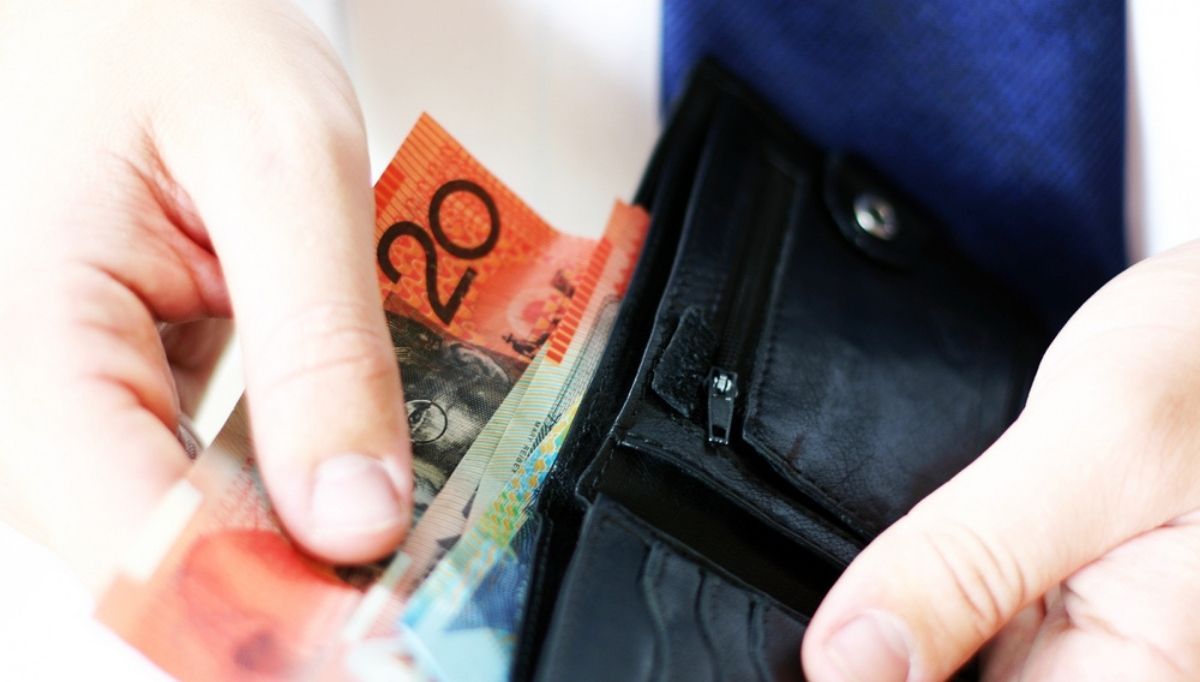How to reassess your spending and budgeting habits
There’s no denying the pandemic has significantly affected the finances of many Australians. Some of us are spending more, some are cutting back on non-essential spending and for others, the uncertainty has challenged us to save money for a rainy day, like never before.
According to AMP research, around one in 10 Australian employees feel that 2020’s unusual economic circumstances have had a positive impact on their financial health. However, 42% of employed Australians believe COVID-19 has had a negative impact on their financial health, whether through unemployment or underemployment.
Whichever category describes you, it’s likely you’ve seen your spending habits change over the past 12 months. This means that if you’re still working with your pre-pandemic budget, now might be a good time to review your situation and reassess your spending, so you can manage it with a revised and more realistic budget.
Changing spending habits
Over the past 12 months, have you been spending less money in restaurants, bars and department stores but more on food deliveries, online shopping and streaming? Or have you cut back across the board and started a savings surge?
With lockdown orders forcing many of us to stay home more, it’s unsurprising to learn that in December, our spending on transportation was 41% lower than the pre-pandemic norm. We did less eating out in restaurants and bars (down 30%) and are perhaps prioritising outdoor or in-home fitness over going to the gym (spending for this is down 19%).
But – stuck at home – we are spending on home improvements, 25% more than before the pandemic, plus we’re kitting out our home offices and spending on furniture, with these categories up 58%. We’re also consuming a lot more alcohol and tobacco (up a notable 53%) and relying on food deliveries – these have surged a staggering 245% on pre-pandemic figures. (All expenditure figures have been taken from the AlphaBeta and illion research.)
It’s generally thought to be a good idea to take a deep dive into your overall financial health at least once a year. And at a time when circumstances are changing so fast, there’s an opportunity to review your spending and saving habits and reassess your goals and budgets.
How to track your spending
Think about your spending habits; there’s likely to be a variation each month depending on how much you’ve earned and what your expenses are for things like rent, mortgage, car maintenance and insurance. So, to get a well-rounded picture of income and expenditures, try tracking your spending over a two to three-month period, then apply it to a full year.
How to do it? First, choose a method that’s convenient for you to quickly and easily maintain. This could be as simple as a paper ledger or Excel spreadsheet. Get into the habit of noting every dollar you spend. The simplest way is to review your bank and credit card statements, but don’t forget cash transactions such as a coffee or the vending-machine snack you grabbed on the run. Make a note of the item, amount, date and category, plus whether it’s an essential expense or a discretionary one.
If you want help tracking and analysing your data, there are plenty of apps and software that can help, depending on your goals. Some apps enable you to sync bank accounts, credit cards, loans, superannuation and more, with additional features to monitor larger expenses including bills and insurance payments. Others notify you of possible tax deductions and churn out easy-to-read spending habit reports. A number of these apps are free, while some have monthly charges – it depends on the depth of insight they offer.
How to create a budget
Once you have a good understanding of your new spending habits, it’s time to reassess that pre-pandemic budget and plan your financial future. If you’re not sure where to start, brush up on the basics and learn how to create a working budget.
Contact the team at ADR Wealth for help creating a budget to achieve your goals.
Source: AMP





